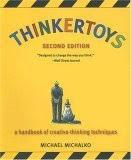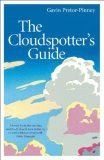You can have an underpainting even if you paint wet on wet. I do a lot of plein-air painting and you can build-up your painting wet on wet. The key is to follow the fundamental rules of painting with oil: paint fat on lean.

Brown's Extra - Oil on panel (6x8") by Benoit Philippe - This painting was done in one session using the principle described in this article.
At the beginning, you use turpentine or an equivalent (I am using Sanodor from Winsor & Newton, which dries more quickly). It does not matter if the paint runs on the canvas.
For the second stage, you use the paint with little or no thinner (there is enough oil in the tube). You can block-in with the paint that has more consistency.
Another key element is not to paint too thick at the beginning, otherwise you will get mud. This is probably the number one reason why people struggle with painting wet in wet with an underpainting. If you want to add texture, do that during the last stage.
In case you encounter the problem (i.e. the paint is too thick and you cannot work it without having muddy colours), you can try a salvaging method which is called Tonking. You apply a sheet of newspaper on the wet surface of the canvas, press it gently and then remove the paper. The absorbant sheet will take the excess paint and you are left with a painting surface which is workable again. You will loose some details in the process, but you will have a sound base to continue and finish your painting.
Related articles

Oil painting Painting technique Wet on wet Medium Tonking




















